Tiwai Island, Sierra Leone: 11 Primate Species, Five Tents, One Cook
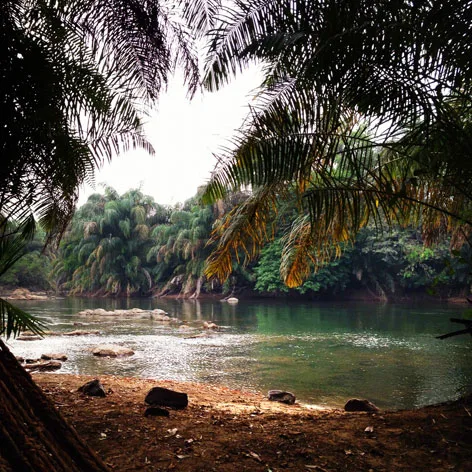
Our immediate impressions of Tiwai Island, a wildlife sanctuary/research facility and community-led conservation initiative in Sierra Leone’s southeast, weren’t the best: Here we found ourselves on a hot, buggy tropical island in the isolated Moa River, with two very quiet nights ahead. The common area for guests, a large domed, open-sided solar-powered hut in the middle of a forest clearing, offered little distraction other than an information board and a few wooden tables. Same for the simple wood-roofed platforms, each holding one or two tents, dotting the clearing’s perimeter. Scott and I had been relatively unplugged since arriving in Sierra Leone a week and a half earlier, but this was a whole new level of solitude for us. Had we made a mistake booking two nights, and not just one?
No, of course we hadn’t. In fact, by the end of it all, we wished for more time in the beat-up hammocks, gazing out to the gorgeous, lush riverside; more time hiking toward the sound of monkey chatter; more meals served up by the island’s lone, resourceful cook.
We’d arrived to the small inland island following a bumpy two-hour drive from Bo Town, Sierra Leone’s second-largest city. Actually, scratch that—first we arrived to the dusty village, Kambama, that acts as launching-off point for the island, where we waited by the riverside for a villager to call us a boat. And by call, I mean with his voice, in a beautiful long, high-pitched wooooo.
The motorboat that eventually showed up whisked us down the palm-fringed Moa, a pristine freshwater river with banks so dense with rainforest foliage we could hardly spot another village. Tiwai Island, too, is just as lush; during the day in March, when we visited, a thick blanket of humidity seemed to seep through the trees. (Fortunately, the nights were cool enough to make tent-sleeping comfortable.) It was in this sticky heat that we were first introduced to the Tiwai Island Wildlife Sanctuary, home to one of the world’s most concentrated and diverse primate populations (including wild chimpanzees), more than 135 species of bird, 700-plus species of plant, and the very rare, endemic pygmy hippopotamus. It’s a lot to squeeze onto 12 square kilometers.
All we could think about at the time, though, was jumping into that tranquil river to cool off, but we were concerned about the risk of infection by freshwater parasite (a topic, by the way, that’s bound to come up among travelers in Sierra Leone at one point or another). Another guest on his way out happened to be a doctor, however, and he said he’d gone for a swim—since not many villages in the vicinity are washing and bathing in the river, the risk was relatively low, he reasoned; to be safe, we should swim for no more than 10 minutes and towel off vigorously.
It seemed like a good plan to us. Our swim was brief but heavenly—and by the time we left the small hammock area afterward, some monkeys were out playing in the trees just beyond us.
Then we met Lahai Sesey. The island chef was a quiet, serious man, but he quickly warmed to us once our enthusiasm for Sierra Leonean “chop” was revealed. Amused by our requests for binch (black-eyed beans) and cassava-leaf stew, he explained that despite the posted menu, he could cook only with whatever ingredients he could get his hands on off the island. That meant cassava leaves were out—there were none available in the area, apparently—but binch he could do. The following day, he’d go to town for the beans so he could soak them overnight and serve them for breakfast with gari (shredded cassava, a specialty of the Bo area) the day after next. Was groundnut soup OK for this evening?
We loved this man.
A very comfortable, very peaceful rhythm was thus established. We hiked the short 20-minute self-guided nature loop; took river dips when we overheated; played Yahtzee in the common area once darkness fell; chatted with the only other guests there, a German family visiting from nearby Liberia. At first light, we took a two-hour guided forest hike with Mohammed, who walked fast but with skillful stealth on the leaf-littered path, stopping often to listen and silently point out dozens of monkeys—the beautiful (and threatened) Diana monkey, the playful spot-nosed monkey, the Western red colobus (alas, the elusive, nocturnal pygmy hippos are nearly impossible to see). In the afternoon we booked a second guide to take us around the island on a dugout canoe, for another perspective.
In between it all, we chowed down on Lahai’s delicious food, served in pots so we could help ourselves. Breakfast? Sierra Leone-style banana pancakes, fried in groundnut oil and accompanied by an oily but tasty pepper sauce (a.k.a. “fry stew”) of tomato, onion, and dried fish. Lunch? The best pumpkin (or “punky”) stew we ate in the country, served over local country rice (Lahai took an extra trip across the river to get the squash for this). Dinner was super spicy pepper soup, made with onion, garlic, tilapia, seasoning (Maggi cubes, unfortunately), bay leaf, and lots and lots of chile pepper. When serving each meal, the chef came to our table to answer our questions about the dishes, proudly telling us the ingredients and methods he had used.
Salone-style banana pancakes
Binch (black-eyed beans) with gari, or shredded cassava
That second night it rained, hard. From inside our tent, we were cool and content, protected from the wetness but not the breeze by the roof overhead, snugly ensconced in our little, isolated clearing in the middle of so much precious, exotic flora and fauna. We never expected to eat so well or feel so relaxed here—and all we could think was, What a shame if we’d stayed only one night.
Getting there: We hired our own car and driver in Sierra Leone, as the country lacks a public transport system. From Bo, the drive was about two hours; from Freetown, it’s more like five or six. (There is now a new adventure outfitter based in Freetown, Sierra Leone Adventures, that offers customized excursions, including to Tiwai.)
Booking and prices: Tent accommodation is US$20 per person per night; to book an overnight or daytime stay, call 232-76611410 or 232-076755146 (find email addresses here). From Kambama village, the boat ride and Tiwai entrance fee costs $10 per (non-Sierra Leonean) visitor; on-island excursions cost additional (guided forest walks: $6 for one person (price goes down for 2-4 people); river tours: $10/person; a trip to Moa beach, at the island’s far end: $50 per boat). Food is also a la carte, and while you are free to bring your own onto the island, you will be charged for the cost of firewood (if applicable). Note: If prices seem high for Sierra Leone, remember that funds go toward the preservation of this important community conservation program, in which the island’s surrounding communities agree to protect the land from logging, mining, and poaching in exchange for community development and livelihood assistance.

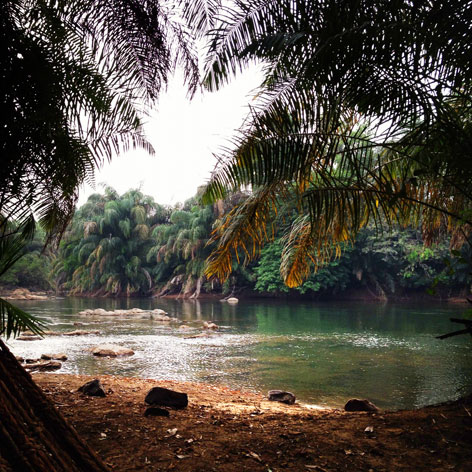

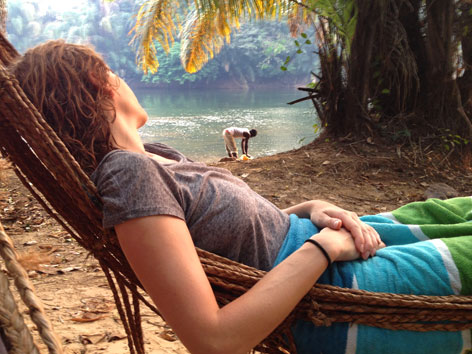

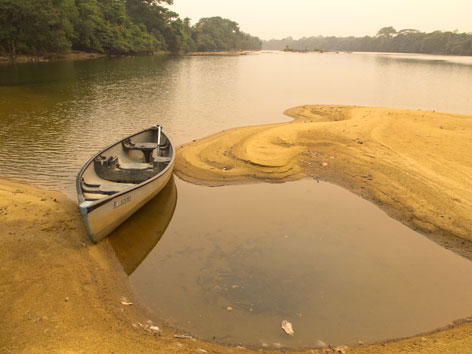

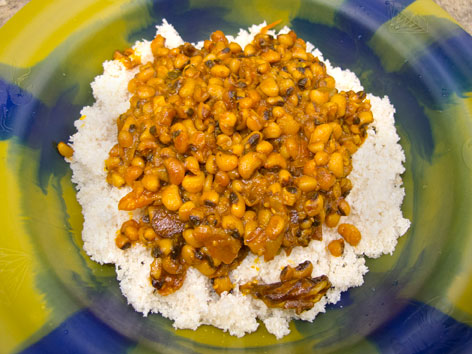


love this post, very informative, thank you!
You’re welcome, Rebecca–thanks for reading!